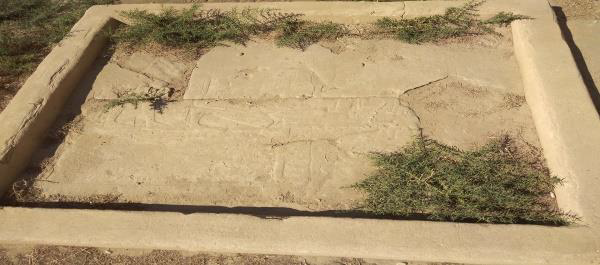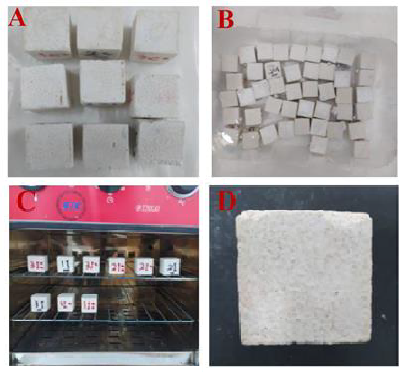by Stamberova, M., Parvin, M. and Raykovska, M.
ABSTRACT
This article discusses a peculiar group of ceramic askoi from ancient Thrace, dated to the Early Hellenistic period (end of 4th – mid-3rd century BC). They are characterized by a cylindrical neck with a profiled mouth, a large elliptical, spherical, or biconical body, paired elliptical handles, and a low base. This study synthesizes previous historiographical analyses and presents new unpublished findings. It identifies two principal distribution zones within Thrace: south of the Balkan Mountains, with the highest concentration in the modern-day Kazanlak Valley, and north of the mountains, in the areas around Gabrovo and Pleven. The high concentration of askoi in the Kazanlak Valley points to the existence of production centres in the region, supported by evidence of pottery workshops active between ca. 350 BC and ca. 260 BC. These workshops likely adapted southern Aegean Thrace prototypes, creating a distinct local variant. Thracian askoi are consistently associated with three main archaeological contexts: burials, ritual fireplaces, and ceramic deposits. Their inclusion in both elite and common funerary and ritual practices underscores their importance in libations and commemorative ceremonies, reflecting their integral role in the spiritual and cultural life of Thracian society during the Early Hellenistic period.
![]()



